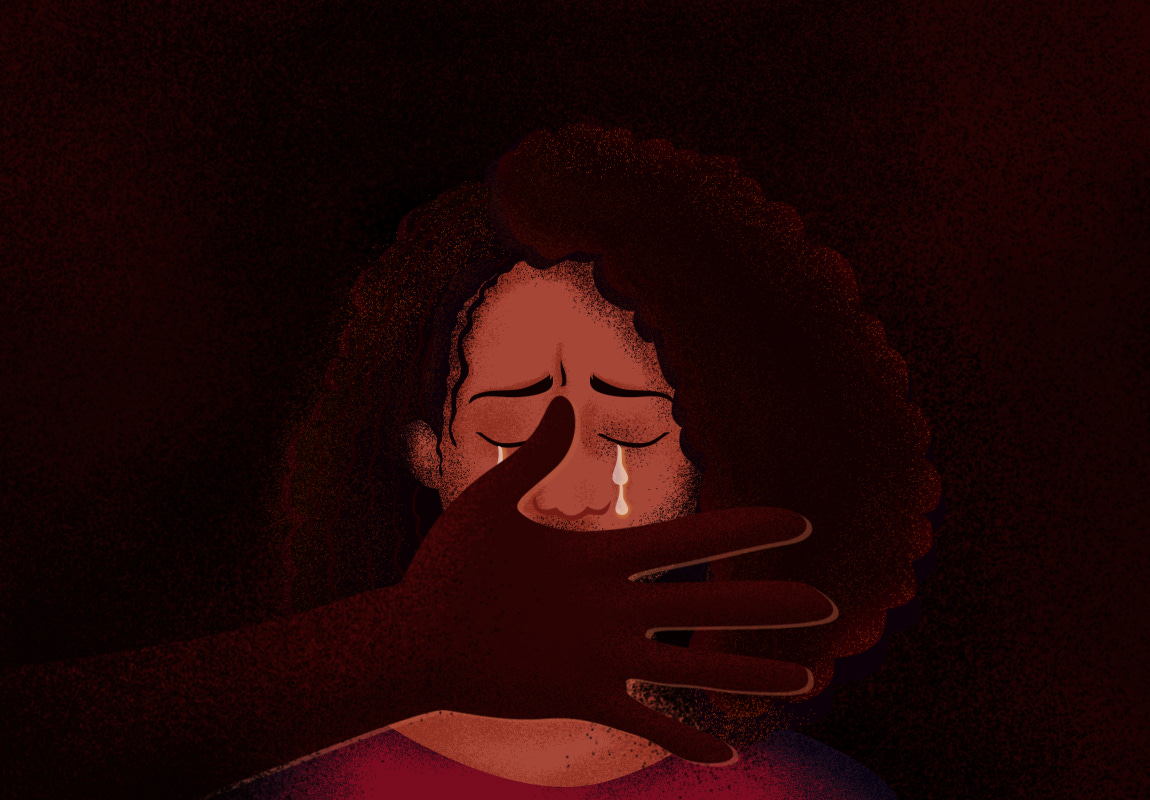Few aspects of the human experience combine physical, intellectual, and emotional aspects as thoroughly as sexuality and all its associated feelings. Accepted sexual behaviour and attitudes vary greatly within and across cultures. Even under societal pressure, health care providers should never pass judgement on sexual behaviour. In general, what is "normal" and "abnormal" cannot be medically defined. However, when sexual behaviour or difficulties cause significant distress or harm to a patient or the patient's partner, treatment is required.
Exhibitionistic disorder
Exhibitionistic Disorder (Exhibitionism) is a paraphilic disorder. It is defined by the act of exposing one's genitals to others in order to achieve sexual excitement and gratification (usually to non-consenting people). It may also include a strong desire to display one's sexual activity to others.
Men are more likely than women to suffer from Exhibitionistic Disorder. The disorder usually manifests itself in early adulthood. Around 30% of men charged with a sexual crime enjoy exhibitionism or are exhibitionists. The individual usually has no intention of engaging in a sexual act with the non-consenting spectator. In the technological world, there is a trend of sending sexually explicit pictures (of genitals) to strangers online via various media. Exhibitionistic Disorder is defined as continuous, strong, and abnormal sexual arousal patterns that may accompany clinically significant suffering or distress, but there is a good prognosis for exhibitionism treatment.
The most common and specific exhibitionistic disorder symptom is frequent and intense sexual arousal caused by exposing one's genitals to an unknown person.
➔ Individuals suffering from Exhibitionistic Disorder typically achieve sexual excitement and gratification only when they expose themselves to someone.
➔ Experiencing exhibitionistic urges or attempts for at least 6 months.
➔ Fulfilling exhibitionistic desires with an unknown person.
➔ Sexual desires or fantasies cause problems at work or in social relationships.
➔ The individual becomes excited by exposing genitals to adults, adolescents, children, or people of all ages.
There are various types of exhibitionism:
Pure exhibitionists
Pure exhibitionists are people who display their sexual organs to strangers. They do not touch or harm those to whom they expose their bodies.
Exclusive exhibitionists
Individuals who are exclusive exhibitionists struggle with being in a romantic relationship and are unable to have sexual relations normally. They get sexual satisfaction by exposing themselves. This is a less common type of exhibitionistic disorder.
Paedophilic disorder
Individuals with paedophilic disorder are those who freely disclose their paraphilic interest as well as those who deny any sexual attraction to prepubescent children (those aged 13 and younger) despite substantial evidence of the attraction. A person who openly admits that their sexual interest in children is real and greater than their sexual interest in older, mature individuals, for example, is someone who discloses this paraphilia. Only if this same individual complains that their interest is causing psychosocial problems can they be diagnosed with the paedophilic disorder. A person who denies having an interest in children but clearly seeks them out and nurtures that interest may still be diagnosed with the paedophilic disorder.
➔ For at least 6 months, recurring strong sexually arousing thoughts, sexual impulses, or actions involving sexual interaction with a prepubescent child (usually age 13 years or younger).
➔ The person is at least 16 years old, and 5 years older than the child.
➔ A late adolescent in a continuing sexual relationship with a 12- or 13-year-old is not included.
Men make up the vast majority of paedophiles. The attraction could be directed at young males, young females, or both. Paedophiles, on the other hand, prefer opposite-sex children by a 2 to 1 ratio to same-sex children. Typically, the adult is someone the child knows, such as a family member, neighbour, or someone in a position of authority (e.g., a teacher, a coach). It appears that genital contact is less common than seeing or touching.
If the child discloses the abuse, many paedophiles will threaten to use force or physically harm their family or pets.
Voyeuristic disorder
Voyeuristic fantasies and urges occur when a person is sexually aroused by watching another person engage in sexual activity while unaware that they are being watched. This condition usually appears in adolescence or early adulthood and affects men more than women.
Voyeurism is not a disorder in and of itself. When a person is so consumed by voyeuristic thoughts that they become distressed, unable to function or act on their urges with someone who hasn't given their consent, this is considered a disorder.
The following are the most common voyeuristic disorder symptoms:
➔ Observing people engage in sexual activities causes persistent and intense sexual arousal.
➔ As a result of voyeurism urges and fantasies, you may become distressed or unable to function.
➔ Engaging in voyeurism with someone who does not consent
➔ While observing others engaging in sexual activities, some people with this condition may perform sexual acts on themselves.
This condition is frequently associated with other conditions such as depression, anxiety, and substance abuse. People with this condition may develop another paraphilic disorder, such as exhibitionist disorder, in some cases.
To sum it up!
Voyeuristic disorder can be effectively treated with either psychotherapy, medication, or both, depending on the severity of a person’s condition.
Now put on your thinking hats and think about the following questions for a couple of minutes.
How would you explain the term “abnormal sexuality” to your students?
Can you think of ways to treat a person who has voyeuristic disorder?
Write down your thoughts and discuss them with your students, children and your colleagues. Listen to their views and compare them with your own. As you listen to others, note how similar or different your views are to others’.
Thank you for listening. Subscribe to The Scando Review on thescandoreview.com.
Happy Teaching!














Abnormal Sexuality